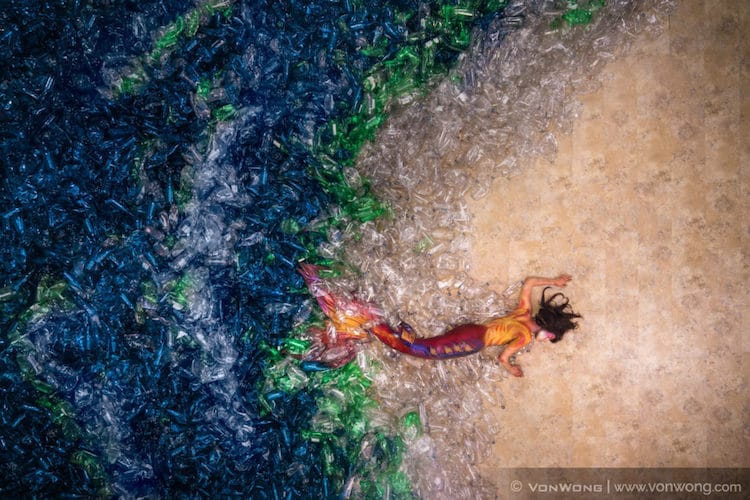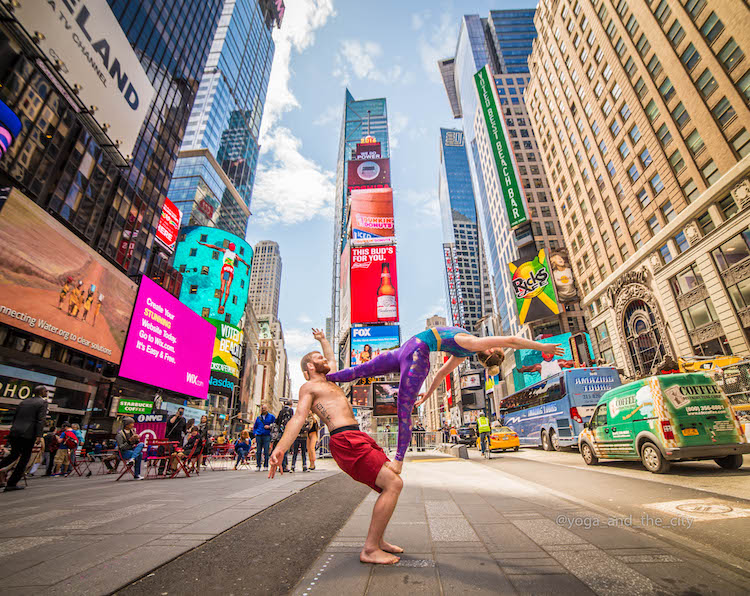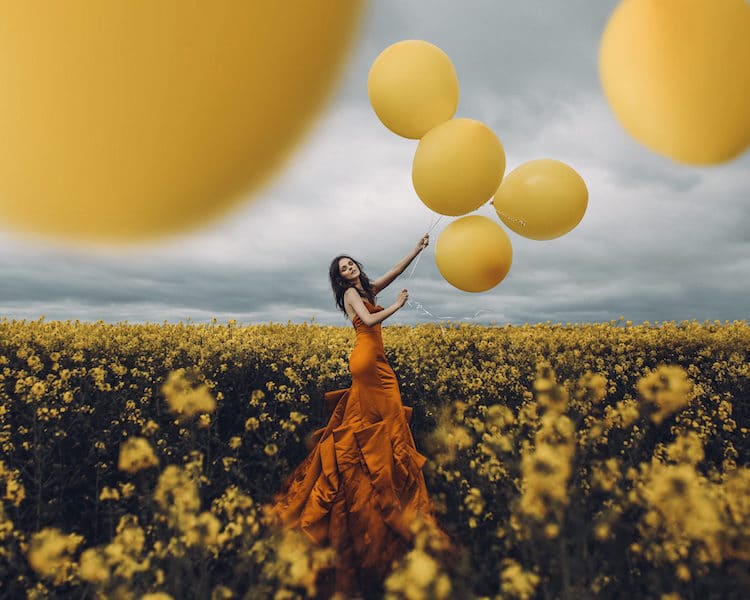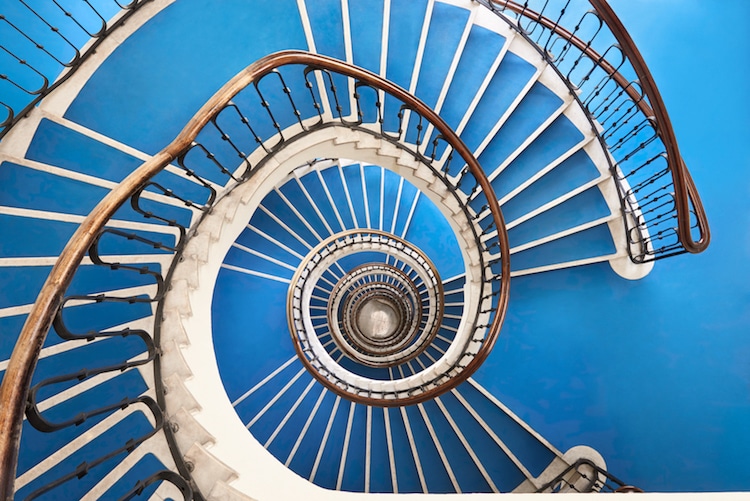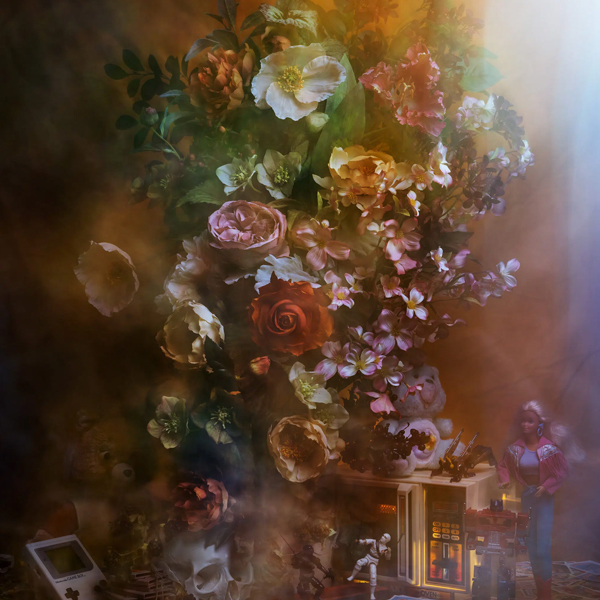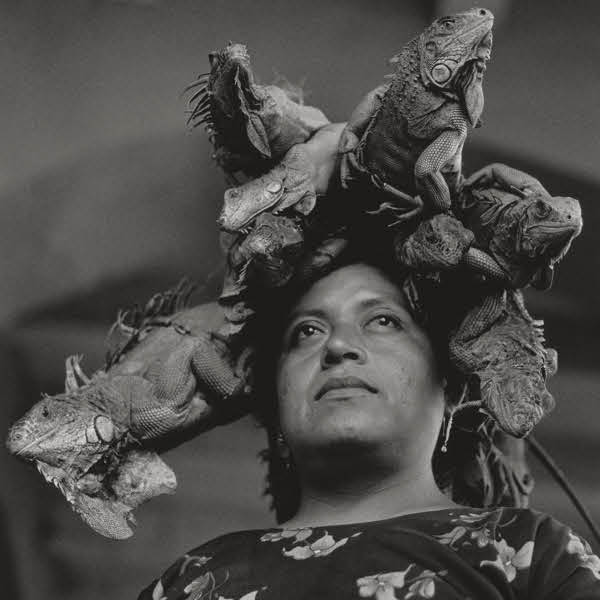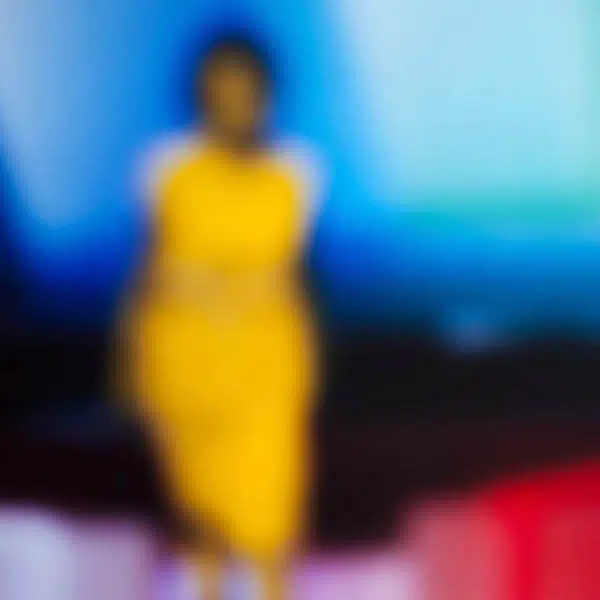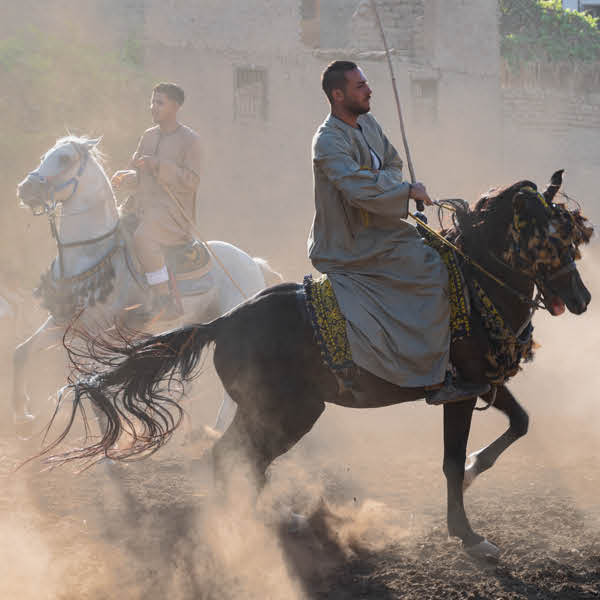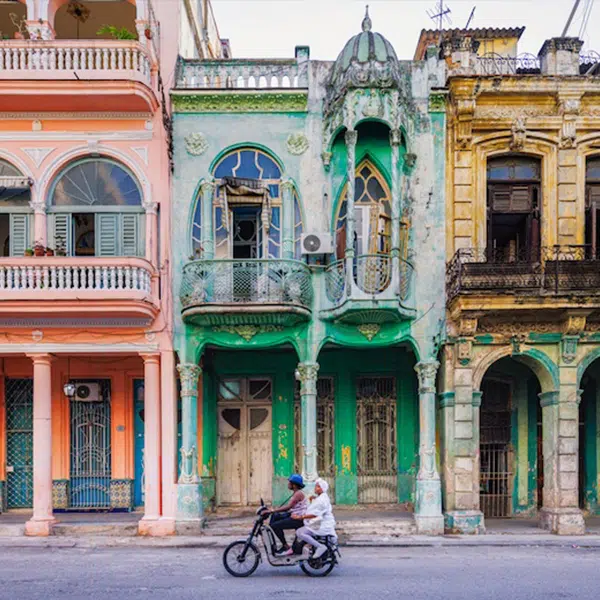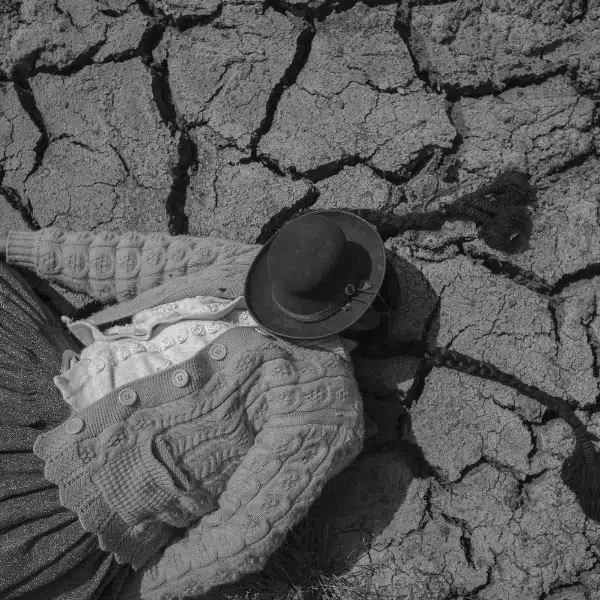
Photo: lightpoet / Shutterstock. This post may contain affiliate links. Please read our disclosure for more info.
While it's true that great photography is much more than stocking up on gear, the perfect lens can help photographers achieve their vision. And with so many talented photographers featured over the years, we were curious about what lenses our favorites reached for first when they went out to shoot.
As many of the photographers we spoke to point out, there are different lenses better suited to certain conditions, but without exception, they each had a specific lens that they rely on. So, without further ado, let's see what some of our favorite photographers consider their favorite camera lens while out in the field.
Anup Shah
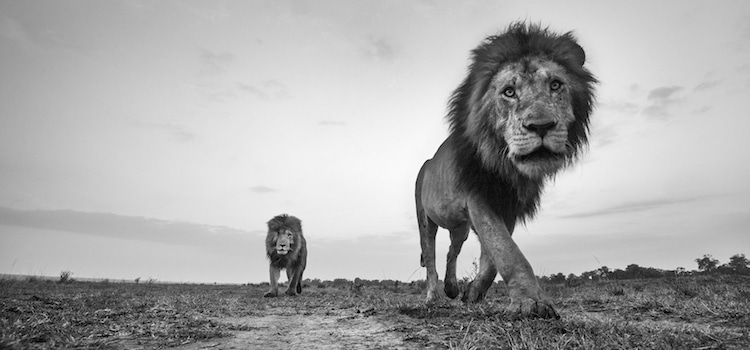
Image from “The Mara” READ MORE: Interview: Extraordinary Up-Close Photos of Kenyan Wildlife by Anup Shah
The lens I go for is a Canon 16-35mm f2.8 wide angle zoom. The lens allows me to take in the environment of the wild animal I am photographing —context is important to me. At the widest angle, I can also bring lots of the sky into the photograph and at the 35mm angle, I can obtain intimate close-ups of faces of wild animals without sacrificing the environment too much.
The lens is sharp and handles tonal ranges very well. Distortion is minimal. Details are excellent. It is quite robust too. So, it does what I require without hassle. I go for it instinctively now.
Anup Shah: Website
Stephen Orlando
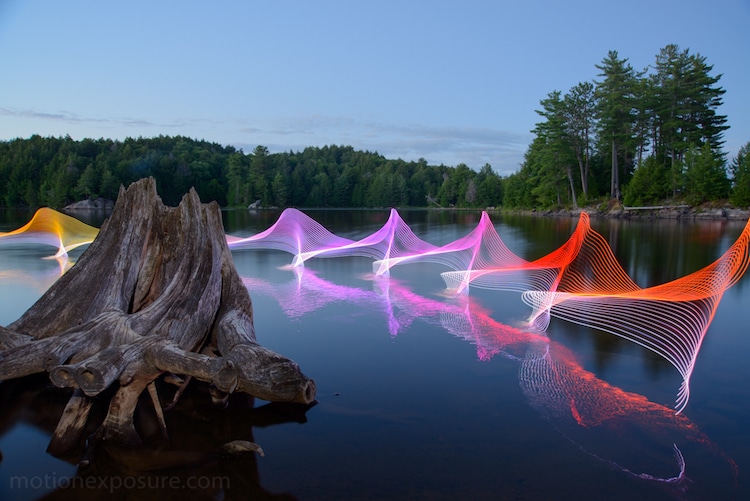
Algonquin Park Ragged Lake Canoe III. READ MORE: Long Exposure Photos Capture the Motions of Kayakers and Canoers Through Light and Color
My go-to lens is the Nikon 24-85mm f/2.8-4D. For me, it is the best combination of sharpness, size, and cost. I shoot all of my photos on a tripod, with small apertures, and mid focal length, and this lens is sharp for these conditions. A big reason I like this lens is its size, since I frequently shoot on multi-day canoe trips where I'm carrying my gear (portaging) between lakes for up to a mile at a time.
Stephen Orlando: Website | Facebook | Instagram
Alexander Khimushin
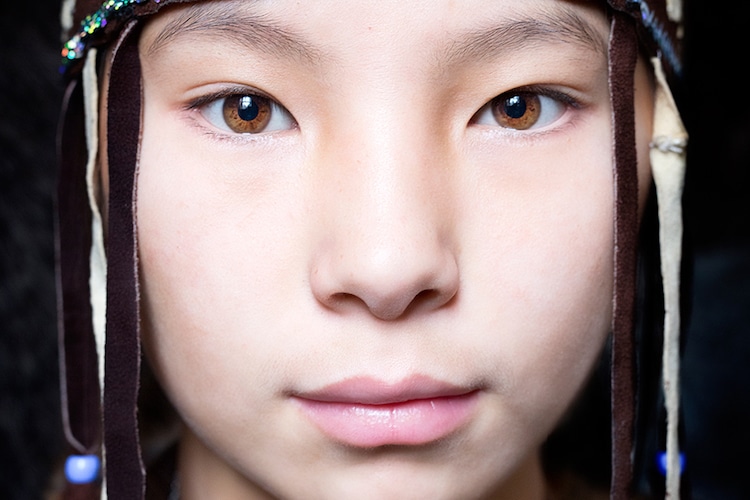
Photo portrait of Evenki Girl from Siberia, Russia. (Image via Alexander Khimushin /The World in Faces) READ MORE: Traveler’s Photos Capture the Beautiful Diversity of Remote Cultures Around the World
Most of my travels are to the off-the-beaten-path locations and it often means that there is the one and only opportunity for me to visit these places and take photos. I can't afford to miss the chance. So despite my usually several-months-long journeys, and the fact that I have to carry a 10 kg+ photo backpack with me virtually all the time, I'm willing to make this sacrifice. I usually carry a few different lenses, however, since I've been working almost non-stop on my The World In Faces project for the last 3 years, if I have to choose just one, a go-to lens would be a portrait one.
Present:
Sigma 50mm f1.4 DG HSM Art – my choice over the last 12 months. Crisp autofocus, brilliant consistency. I never used Sigma in the past, however, when I tried it after reading a lot of positive feedback, I was very pleased with build quality, sharpness, and low-light performance. My only concern has been … well, you probably guessed it already. The weight and size. The cap could be better too.
Past:
Before I switched to the one above I'd used Canon 70-200mm f/2.8 L IS II USM. Still, love it! Very versatile for street portraits, and exceptionally well built for really tough travel conditions. Once in the Himalayas it accidentally slipped from an unzipped backpack pocket to bare concrete from about a meter height. I was afraid to pick it from the floor. However, soon after I realized it was not even damaged! I could not believe my eyes. I used it for another 2 years after that, and only then it finally started missing focus. The repair was not worth it, but guess what. I just got another one. Exactly the same. As usual, the only drawback is the huge size and weight. The cap is finally replaced with the one similar to Nikon. A small thing, but makes life much easier when using a lens hood.
Future:
Sigma 85mm f/1.4 DG HSM Art lens. I love my current portrait lens, but always felt that 85 mm would be a better choice for me. I love taking close up portraits and with the 50 mm lens it means that I must come very close to people, to the point that some feel uncomfortable. There were long time rumors about a new Sigma Art lens on the internet, so once the 85mm was released I was happy to get it. One thing I mentioned immediately—the lens was much larger in size than 50 mm that I thought was already bulky. That was not a particularly good news, however, it is the quality that matters the most. I tried it and am very pleased with the lens so far. However, it yet to be tested in the tough road conditions. Right now, after almost a year of non-stop traveling, I'm having a break and sorting out thousands of new portraits taken for The World In Faces.
Alexander Khimushin: Website | Facebook | Instagram
Craig Burrows

Iris 5s. READ MORE: Photographer Uses UV Light to Capture Shimmering Shots of Fluorescent Flowers
All my lenses, except one, have been used when I received them and a few were even outright broken.
I mainly use 3 lenses overall, though I have at least a dozen I keep.
My most recent is my Sigma 50mm F1.4 EX DG lens. I pined after this one ever since it came out, and at last found a great deal on one.
One of my earliest lenses that has stuck with me for years is an old, film-era Sigma 50mm F2.8 Macro lens. The autofocus actually broke, and I patched the drive hole and keep on using it manual-focus only. But I think my most used lens has to be my Tamron 90mm F2.8 Macro lens, also from the film-era. Its model specifically is 72E and production was discontinued in 1996.
A combination of its quality, focal length, and ability to do 1:1 macro make it one of my favorite lenses always in my kit.
While I use both the Sigma and Tamron macro lenses for my UVIVF work, the 90mm is definitely favored for the working distance it gives me.
Craig Burrows: Website | Facebook | Instagram
Benjamin Von Wong
My go-to lens is the Sony 16-35mm f4. It's tack sharp and offers the wide field of view that is almost always present in my images. I've experimented with a few other wide lenses but it's been the most reliable and quickest lens in my arsenal and remains the favorite!
Benjamin Von Wong: Website | Blog | Facebook | Instagram
George Digalakis
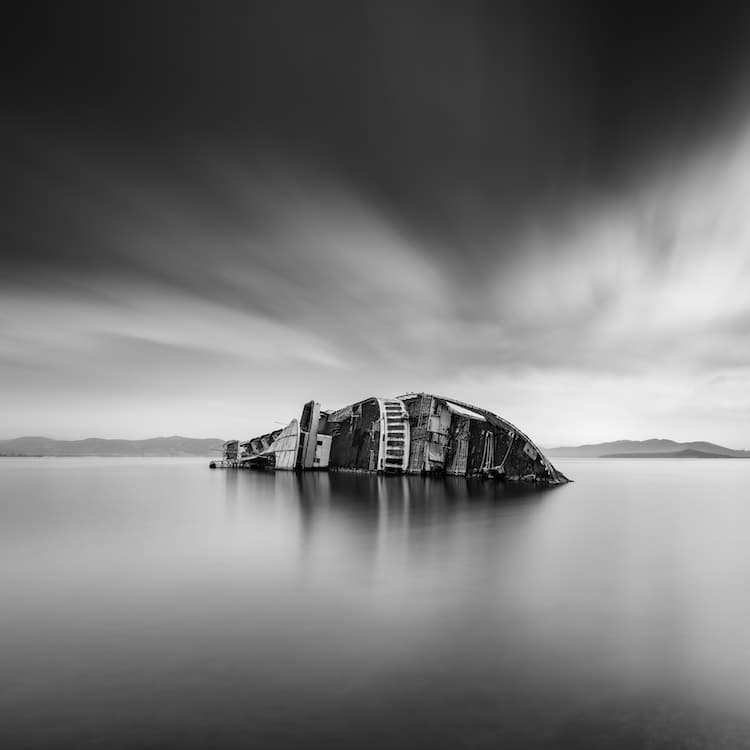
Meditteranean Sky. READ MORE: Minimalist Photographer Captures Dramatic Depth of Nature in Black and White
I wouldn't say that there is a lens suitable for every situation. For every setup, the perfect lens is the one that does the job. When on a landscape shooting, the lens that I rely on the most is my Nikkor 14-24mm.
It's sharp and fast with a maximum aperture of f/2.8. But the reason I can't do without it is the fact that it is an ultra-wide zoom, making it ideal for a minimalistic approach to landscape photography, fitting in the frame a considerable part of the background and of course the sky.
Unfortunately, no one is perfect and the 14-24 isn't an exception. Sometimes you have to get into the water up to the waist (as is the case with the image shown) in order to get near enough to your subject. On the other hand, this introduces a sense of adventure, making the photo outing interesting and memorable. And as Robert Capa once said, “If your pictures aren't good enough, you're not close enough.”
George Digalakis: Website | 500px
Nicholas Steinberg
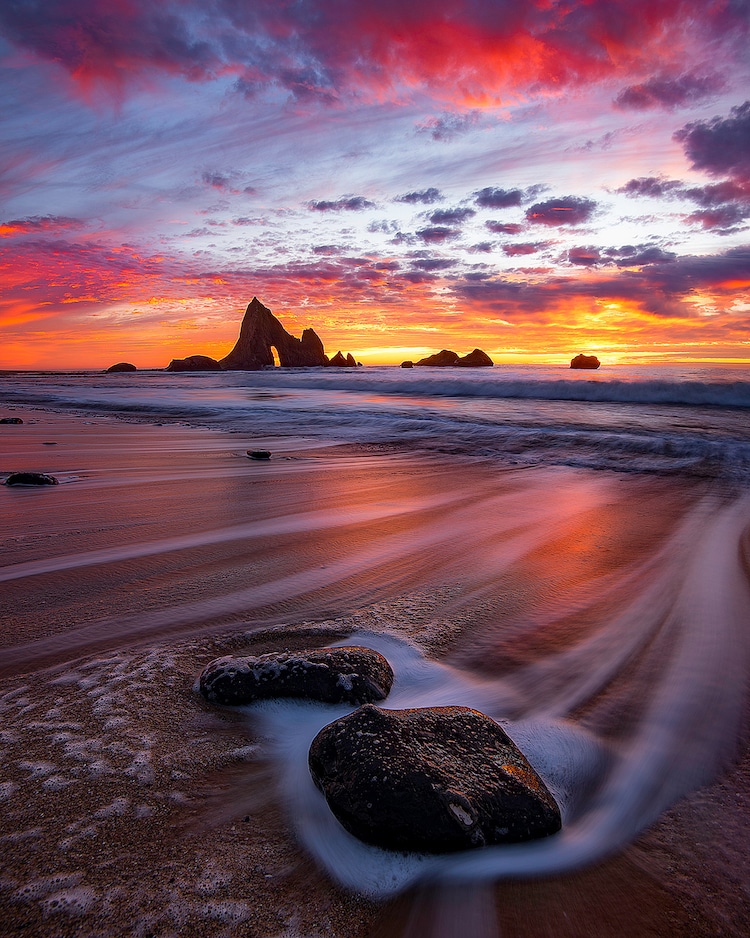
Seascape. READ MORE: Dreamy Photos Capture the Natural Beauty of Rolling Fog Waves
When I first started shooting, I experimented with many different styles of photography and lenses, but came to really love ultra wide landscape photography, particularly seascape photography. I soon realized some of my favorite types of shots were the ones that had a strong foreground interest where it really draws you in the scene with great depth and clarity.
After doing some research and testing, I quickly fell in love with the Nikkor 14-24mm f/2.8 lens. This lens is my go-to for almost all landscapes where accentuating the foreground is the main goal. This lens is not only one of the sharpest in its class, but the extra 2mm difference to 14mm—most wide angles start around 16mm—I've found to be vital in getting really close to your foreground and getting unique perspectives. This is due to its super close focusing distance and lends itself well for shooting seascapes to get creative effects with water flowing around rocks.
In addition, it really shines when shooting flowers, waterfalls, and using leading lines to draw the viewer in with its wide perspective. And while this lens does great for shots with strong foregrounds, let’s not forget about the sky where it really shines when there are juicy clouds above. In addition, since the aperture opens up to f/2.8, it makes it a well-rounded lens for low light photography such as shooting night and astrophotography. Overall, this lens is great specialty lens for day and night photography where you want to accentuate the whole landscape scene including a strong foreground and beautiful sky with maximum sharpness and depth!
Nicholas Steinberg: Website | Facebook | Instagram
Yuichi Yokota
My favorite lens is the Zeiss Batis 2.8/18.
I like super wide-angle lenses in photographing scenery. This lens can capture scenery in a comfortable angle of view. Also, with this lens, high contrast, few distortions, transparent description is very beautiful.
Yuichi Yokota: Website | Facebook | Instagram
Alexey Wind
As a professional photographer, I have many lenses, many cost up to $2500, but my go-to lens is Bower 14mm 2.8 that I bought in New York many years ago for $300. This is the lens I mostly used for my photo project Yoga And The City, and also I like to use it for travel photography. I like its sharpness and I'm crazy about how it draws out the sky and clouds.
Alexey Wind: Website | Instagram
Adam Bird
My go-to lens is the Sigma 35mm 1.4. It captures light so beautifully and the glass quality is insane! The 1.4 aperture allows me to create depth in my images easily, and with it being a wide angle lens it distorts my images just enough to give it “another wordly” effect. Here is an example of how I have used it!
Adam Bird: Website | Facebook | Instagram
Marilyn Mugot

Under the Satin Moon, Chongqing. READ MORE: Nighttime Photos of Hong Kong and China’s Neon-Soaked Back Alleys
I use a Nikon 24-70mm 2.8. My pictures are practically all made with this object.
Well, I invested in the purchase of this lens for its polyvalence, it's been many years that I use it. It serves me for all my activities and photographic performances. The fact is I can zoom and expand without constantly moving the subject I photograph gives me very varied frames. Plus, its full opening makes for a very soft result and remains suitable for my photography in twilight without having the necessity of time to carry out long exposures.
The fact is it has a certain weight gives me a greater stability at the time of the shooting.
Marilyn Mugot: Website | Instagram
John Wilhelm

Catch It Like a Dog. READ MORE: Creative Dad Chronicles His Daughter’s Lives Through Fantastical Photos
My go-to lens is the Sony FE 24-70 GM (2.8). It covers a useful zoom range (slightly wide angle to portrait zoom) and most of the time I only use this lens.
John Wilhelm: Website | Facebook | Flick
Balint Alovits
Since I mostly do art projects and commercial works, I don't have a particular “go-to” lens to be honest. I use different lenses for different occasions.
The lenses I use are all Sigma Art Prime lenses. 24mm 35mm 50mm.
Balint Alovits: Website | Facebook | Instagram
Mark Mawson
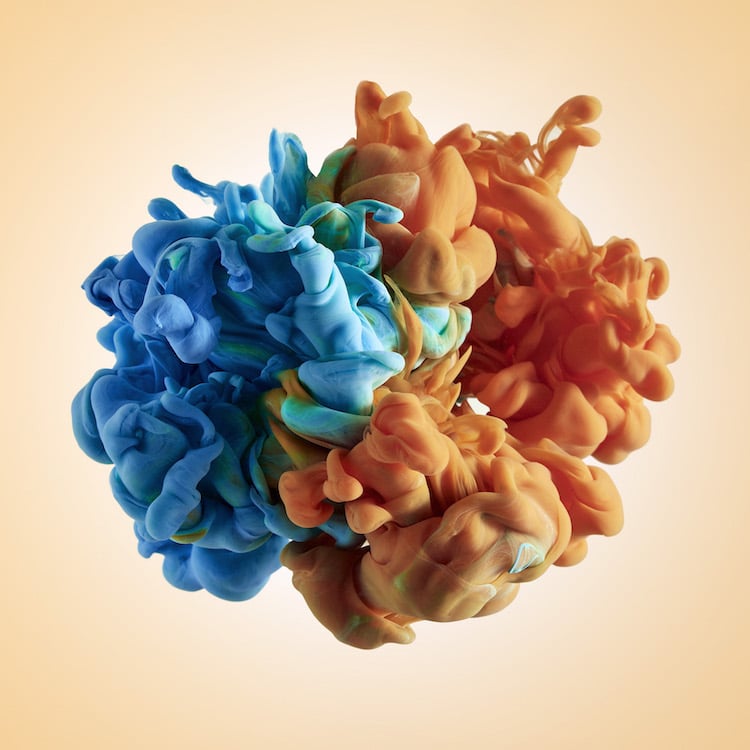
Blue and Orange Liquid Ball. READ MORE:Swirling Liquid Photography Resembles Blooming Flowers Frozen in Time
My go-to lens is the Hasselblad 120mm f4 macro. It lets me get in close and capture great detail and it is extremely sharp!
Mark Mawson: Website | Instagram | Facebook | Youtube
Andrius Burba
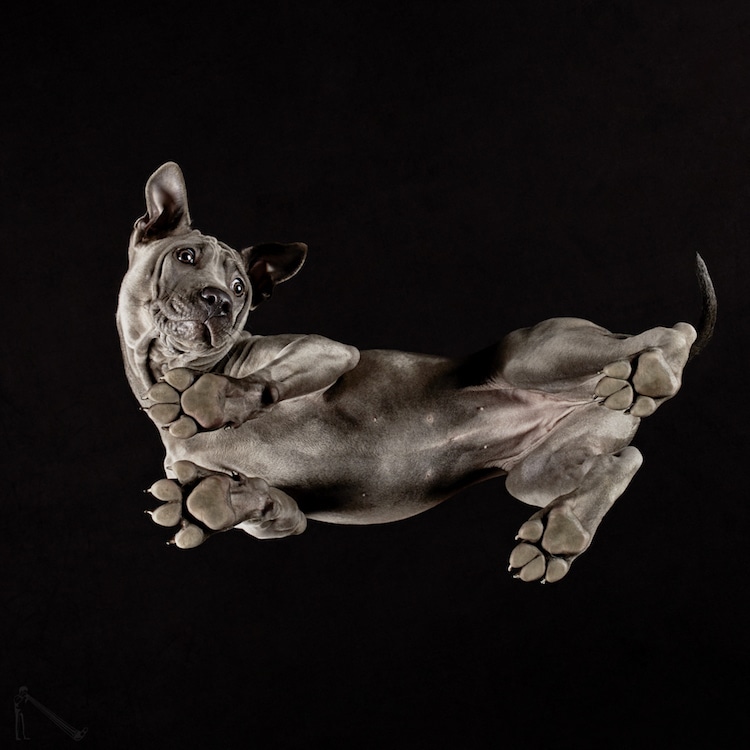
Under-dogs, Thai Ridgeback. READ MORE: Adorable Photos Reveal the Fluffy Under Belly of Playful Pups
Almost all photos that I photographed for Underlook were with Sigma 50mm 1.4 Art.
